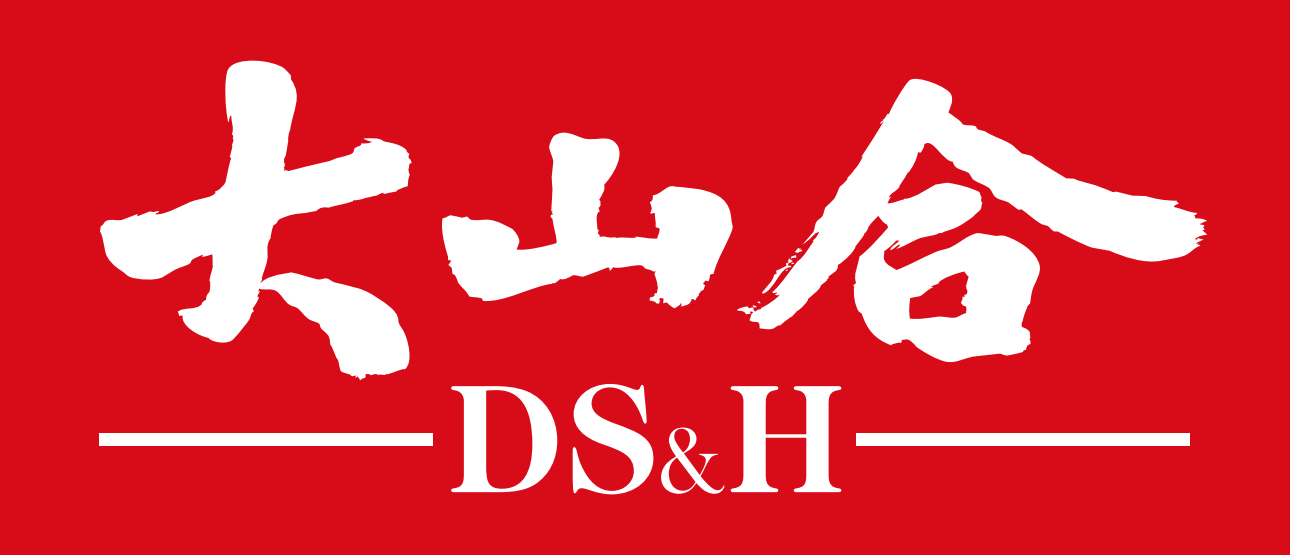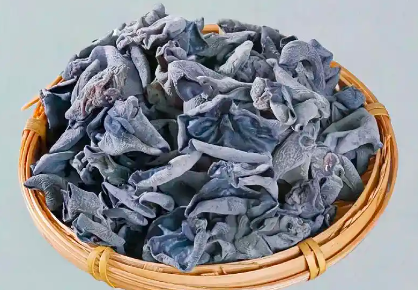
News
The Superior Qualities of Northeast China's Black Fungus: A Nutritional Powerhouse from the Cold Northeast China's black fungus (Auricularia heimuer), known for its cloud-ear shape and gelatinous texture, has been celebrated for centuries in traditional Chinese medicine and cuisine. Grown in the pristine forests of Heilongjiang, Jilin,and Liaoning provinces, this unique fungal variety possesses exceptional qualities that distinguish it from similar species worldwide. Below we examine seven key advantages that make Northeast Chinese black fungus a global superfood.
Deep within the boreal forests of the Northern Hemisphere, clinging to the bark of aging birch trees, grows a peculiar blackened mass resembling burnt charcoal. This unassuming organism, known as Inonotus obliquus or chaga mushroom, has captivated scientists, herbalists, and health enthusiasts alike for centuries. Often called the "King of Medicinal Mushrooms," chaga’s growing global popularity stems from its unique biology, historical significance, and an expanding body of research hinting at extraordinary health benefits. But what makes this fungal growth so rare and valuable? Let’s explore the multifaceted reasons behind chaga’s prized status.
Mushrooms have long been celebrated in culinary and medicinal traditions worldwide, but modern science is now uncovering why these fungi are both slimming and health-boosting. From shiitake to oyster varieties, mushrooms offer a unique combination of low calories, high nutrients, and bioactive compounds that make them a powerhouse for wellness. This article explores the reasons behind their weight-management benefits and their role in promoting overall health.
While no single trait guarantees safety, edible mushrooms often share these features:Stable appearance: Many edible species (e.g., shiitake, oyster mushrooms) have uniform colors and symmetrical shapes. Distinctive odor: Edible varieties like porcini emit earthy, nutty, or pleasantly aromatic scents.
Mushrooms are a culinary treasure, prized for their unique flavors and nutritional benefits. However, nature’s bounty comes with risks—some mushrooms contain deadly toxins that can cause severe illness or even death. As a global leader in premium dried mushrooms, Mountain Harvest Co. (大山合) is committed to promoting safe mushroom consumption. Here’s how to distinguish toxic mushrooms and protect yourself and your family.
Mushrooms, such as button mushrooms, king oysters, enoki, shiitake, and oyster mushrooms, are celebrated not only for their umami flavor but also for their brain-boosting potential. Recent studies suggest they may protect central nervous system health and enhance cognitive function.
By embracing processing innovation, tech integration, and strategic branding, the mushroom industry can shift from commodity trade to high-value markets. Governments and investors must prioritize R&D funding and infrastructure to sustain this transformation.
China is the world’s largest producer and consumer of edible fungi, contributing over 75% of global mushroom output. Its diverse climate and advanced cultivation techniques support the growth of numerous species, many of which hold significant economic value.
China, the birthplace of shiitake mushroom cultivation, produces over 14 million tons annually, accounting for 70% of global output. From the misty mountains of Zhejiang to the cold forests of Northeast China, each region imparts unique flavors, textures, and nutritional profiles to its shiitake mushrooms.
With over 1,000 cultivated species, Chinese farmers harvest over 40 million tons annually, contributing 70% of global production. These mushrooms are not only dietary staples but also economic powerhouses, valued at $120 billion USD in 2023. Below are 10 of China’s most common and high-yield edible mushrooms, celebrated for their flavors, health benefits, and cultural significance.










